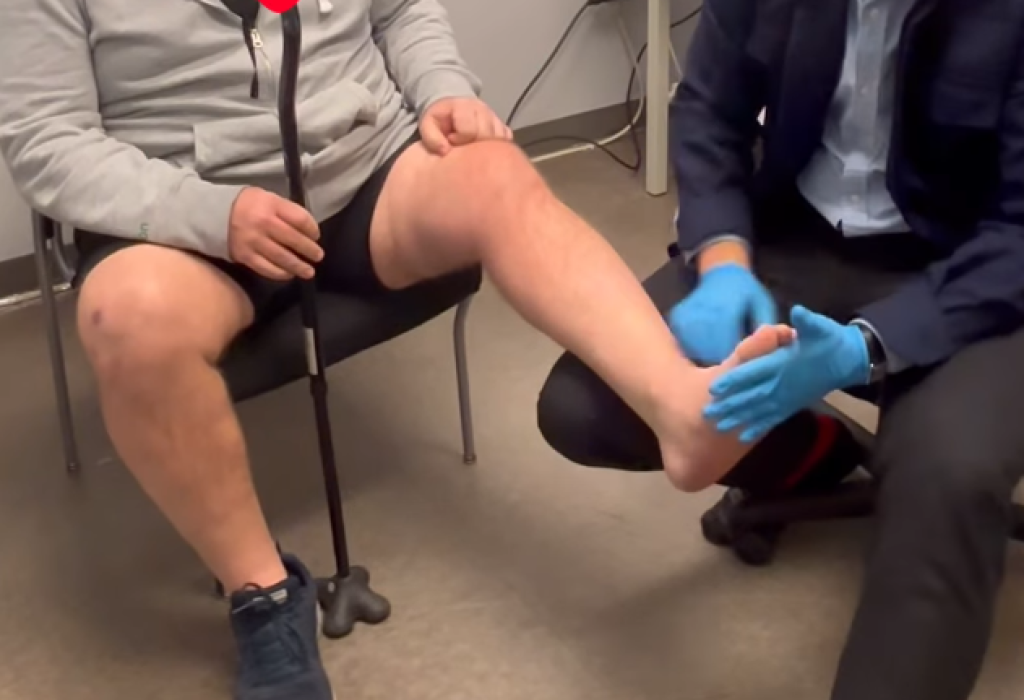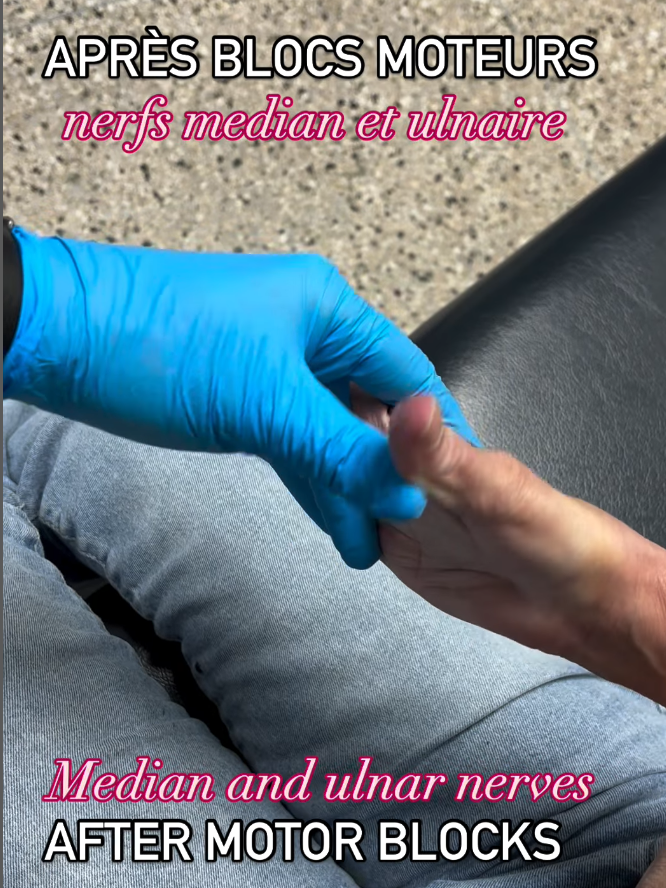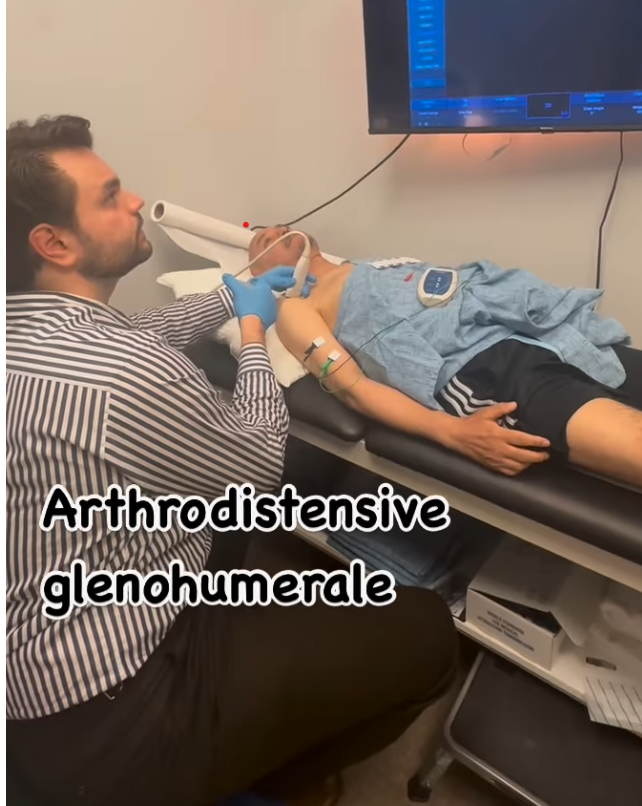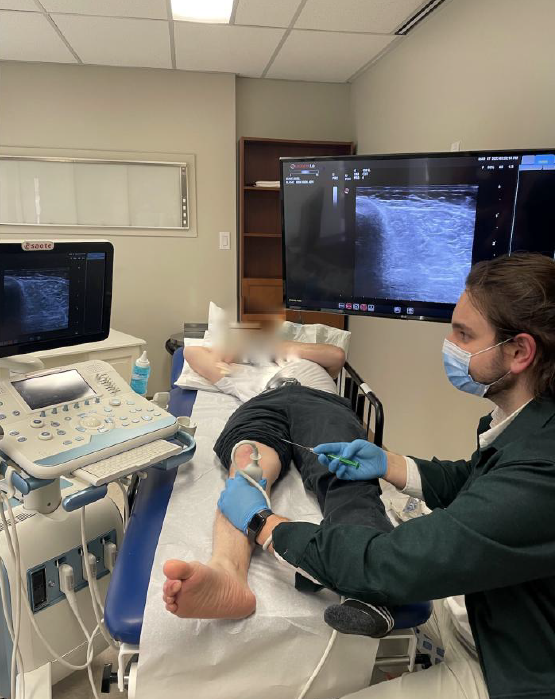Physiatry: A Medical Pillar of Rehabilitation
Physiatry, also known as physical medicine and rehabilitation (PM&R), is a medical specialty focused on improving physical function, managing pain, and helping individuals regain independence after a neurological, musculoskeletal, or traumatic condition.
At Neuro-Concept, we work closely with physiatrists who play a central role in the rehabilitation journey. Their expertise allows them to:
Assess functional limitations related to stroke, spinal cord injuries, and neurodegenerative diseases
Manage complex symptoms such as spasticity and neurogenic pain
Prescribe tailored treatments, medications, and assistive devices
Collaborate closely with our interdisciplinary team to guide individualized care plans
With a comprehensive, non-surgical, and patient-centered approach, physiatry helps maximize each person’s recovery potential and quality of life.


The physiatrist plays a key role in the medical assessment and management of spasticity in individuals with neurological conditions.
The physiatrist begins with a thorough clinical evaluation to assess:
- The severity and location of muscle stiffness
- The functional impact on posture, mobility, and daily activities
- Triggers and contributing factors (e.g., pain, fatigue, poor positioning)
This evaluation helps determine whether spasticity is functional (helpful) or limiting, and guides a personalized treatment plan.
Depending on the patient’s condition, the physiatrist may recommend one or more of the following interventions:
- Oral medications (e.g., baclofen, tizanidine) to reduce overall muscle tone
- Targeted botulinum toxin injections (Botox, Xeomin) to relax specific overactive muscles without weakening others
- Intrathecal therapy (baclofen pump) for more severe cases
- Cryoneurolyse
- Regular monitoring and adjustment of treatment for optimal results.
The physiatrist works closely with physiotherapists, occupational therapists, and kinesiologists to:
- Maximize the benefits of therapy following medical treatment
- Align rehabilitation goals with the patient’s progress
- Ensure coordinated, comprehensive care

Ultrasound guidance (also known as ultrasound-guided injection or procedure) is a technique that uses real-time medical ultrasound imaging to visually guide the needle during medical procedures such as cryoneurolysis, botulinum toxin injections, or therapeutic joint/muscle infiltrations.
Ultrasound allows the physiatrists to:
- Accurately locate and target specific muscles, nerves, or joints
- Avoid sensitive structures such as blood vessels or non-targeted nerves
- Increase the effectiveness of the injection by ensuring optimal placement
- Reduce discomfort for the patient
- Provide a safer, faster, and more controlled procedure


